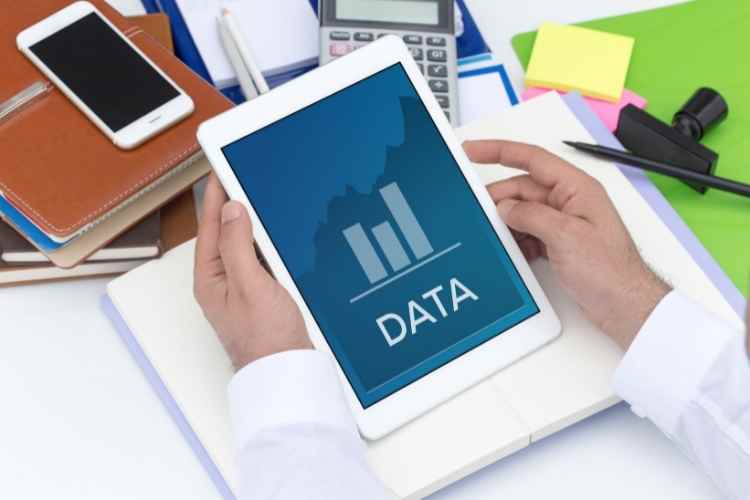Data linking is an important business tool that combines data from different sources to create a larger, more comprehensive data set. When data is linked, it can be analyzed to reveal patterns and trends that might otherwise be hidden in the individual data sets. This can help businesses and organizations make more informed decisions about their products and services. Keep reading to learn more about the benefits of data linking.
Data linking improves business intelligence.
Business intelligence (BI) is the use of data to make better decisions, and data linking is one of the most important components of BI for several reasons. First, it allows you to combine data from different sources into a single database. This gives you a more complete view of your business and allows you to see correlations that might not have been apparent before. Second, it enables you to perform sophisticated analyses of the data. By combining data from different sources, you can get a much more accurate picture of what is happening in your business.
Third, data linking makes it easier to spot trends and patterns. By analyzing all the data together, you can see how different factors interact with each other and identify areas where your business could improve. Data linking also helps you make better decisions faster. By having all the data available in one place, you don’t have to waste time hunting for it or assembling it yourself. This allows you to focus on analysis and decision-making instead of administrative tasks.
Finally, data linking improves communication within your organization. By sharing information easily and quickly, data linking helps everyone in your organization make better decisions based on a common understanding of the facts.
Data linking can be used for market research.
There are several advantages to using data linking for market research. For one, it allows researchers to see how different factors impact each other. For example, by linking consumer survey data with purchase data, researchers can see what factors influence consumer behavior. This information can then be used to develop targeted marketing campaigns that are more likely to succeed.
Data linking is also useful for identifying relationships between variables that would not be evident in individual data sets and can help businesses improve their product development efforts. By linking customer data with demographic data, businesses can get a better understanding of who their target market is and what products they are most likely to want. This information can then be used to develop new products that are more likely to appeal to customers.
Linked data is one of the easiest ways to track changes over a period of time. By tracking changes in consumer behavior, businesses and organizations can better understand how they are impacted by events such as recessions or pandemics.
Finally, linked data is essential for conducting complex statistical analyses that cannot be performed with unlinked data sets. By combing through large amounts of linked data, researchers can uncover new insights into how people behave and interact with each other and their environment.
Get the most out of your linked data.
There are many benefits to data linking, but one of the most important is that it allows you to get the most out of your data. When data is linked, it can be more easily analyzed and used to make better decisions. Additionally, when data is linked across different sources, it becomes more accurate and valuable.
One way to get the most out of your linked data is by using data visualization tools. These tools allow you to see trends and patterns in your data that might be difficult to spot otherwise. By analyzing your data in this way, you can more easily identify opportunities and problems.
Another way to get the most out of your linked data is by using analytics tools. Analytics tools allow you to drill down into your data and find insights that you wouldn’t be able to see just by looking at it visually. By understanding what’s happening in your business on a deeper level, you can make better decisions about how to improve things.








